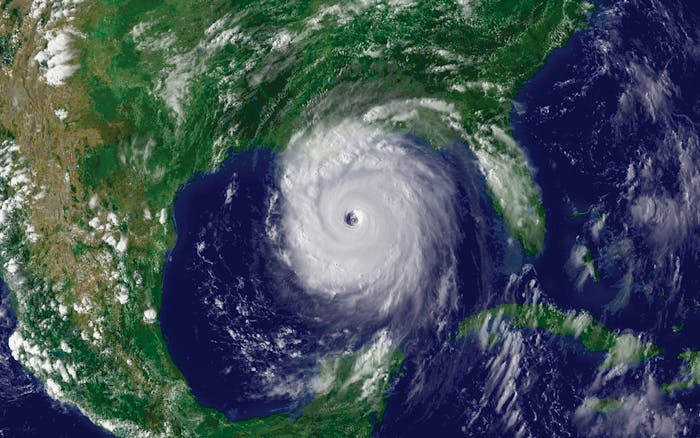A City Forever Changed
The storm may have hit almost 15 years ago, but the impact of hurricane Katrina can still be felt to this day.
Katrina was a category 3 hurricane that caused over 1500 causalities and more than 100 billion dollars’ worth of damage. This natural disaster changed the lives of many people and the history of New Orleans. On 29 August, 2005 many homes and neighborhoods were destroyed. In the years since, we have seen the resilience of the people in our city, but there is still much to be done. One of the primary things is preventing another disaster like Katrina from happening. Of course, the disastrous flooding in New Orleans was caused by the occurrence of a hurricane, but there are many underlying issues that we can and must solve to reduce the risk of flooding in the future.

 11 Sustainable Cities and Communities
11 Sustainable Cities and Communities
 15 Life On Land
15 Life On Land